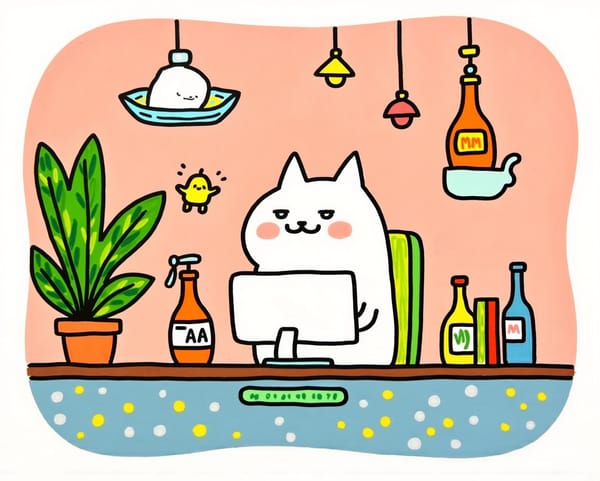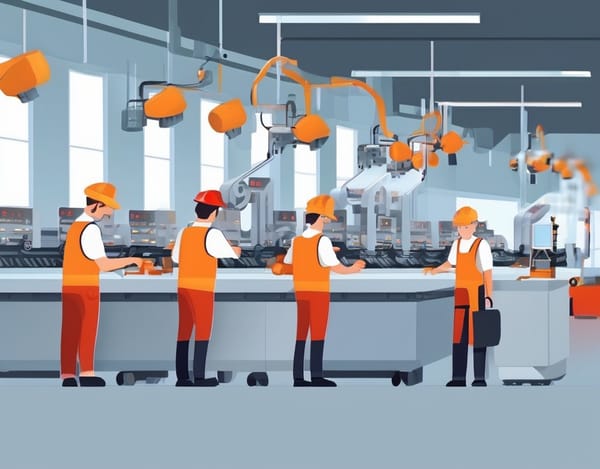
management
Financial Storm Clouds
The leadership team wants heads, they will get them, come hell or high water. Alas, the faith that AI will smooth this out is misplaced.

management
The leadership team wants heads, they will get them, come hell or high water. Alas, the faith that AI will smooth this out is misplaced.

lounge
AI Search summaries are already impairing the engine that funds large swaths of the internet. The cure might be worse than the ads

Product Management
Transitioning to caled Agile is an experience. It does seem a little overly complex, and it has yet to live up to the promises.

lounge
It is review season, and the Dude will once again do the heavy lift for his boss. It is the least rewarding part of working in corporate America. He just wishes that management would do their job.

Product Management
New opportunites arise all the time, but as you get older, you get wiser. Asking what success means when you are being pitched a role or responsibility shift can reduce heartburn

Product Management
Late career product management is stressful. People want to know why you are still doing it. Something must be wrong to not want to advance.

leadership
Spend any significant length of time in Corporate America, and you will see some callous treatment of the workforce. Don't be shocked.
Full Contact Product Management

For one brief slice of his career, the Dude had a really awesome compensation plan. Unique in the product management world, it influenced behavior well

Scandal Plagued Facebook makes the Dude wonder if there are any product managers there with a conscience. Apparently there is/was only one.

Product Manager Types: The quiet competent sort. They fly beneath the radar, building consensus, and delivering year after year. Celebrate them.

Disruption is the game, but having differentiable advantages are key to longevity. Be sure to have a suitable plan.

Continuing with the prodmgmt personas: The Bull in a China Shop. Not super common, but a bully nonetheless. Not many good options for coping, the situation is sad.

Product Manager Styles - the Dive Bomber. Waiting until the last moment, going their own way, trying to stand out, hogging the attention, bad all the way

More engineers are making the transition to Product Management. What challenges do they face?

Colleague chaos. No matter how clear you make the instructions, how well defined the template, how crisp the ask, someone is gonna fuck it up

A new Leader, a new (old) strategy, and a lot of churn, for what? To chase others, to try to beat them, but ineptness and past prejudices intrude

Many people think product managers do all high-level business shit, but in reality, we spend a lot of time answering mundane questions

The Dude gets a new boss, and while his direct experience lacks, he is very coachable, and the Dude is helping him be successful

It is like a broken record, where we are doomed to listen to the same grove over and over. New leader, shake things up, finds out that it ain't so simple, then doubles down and bad shit happens.